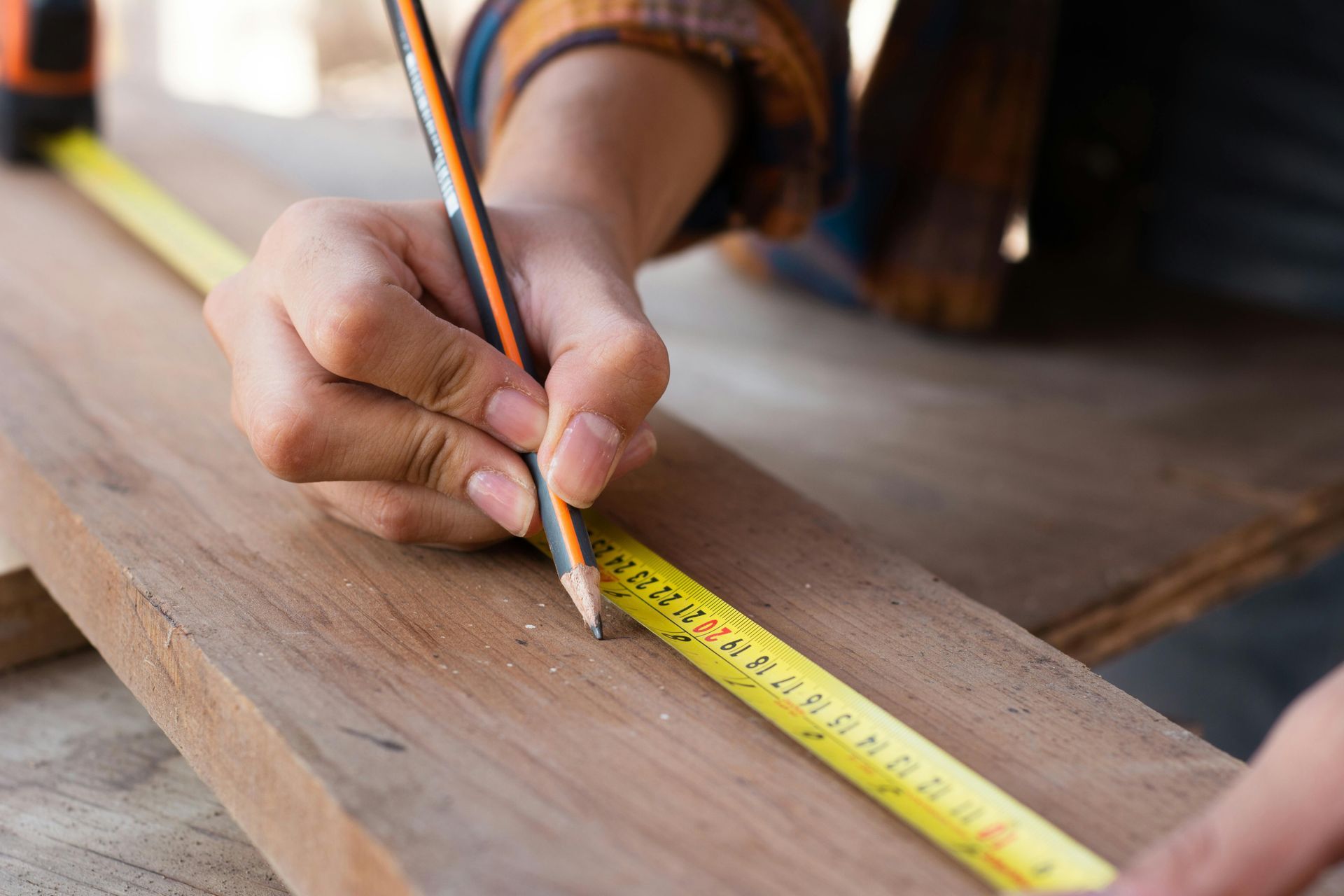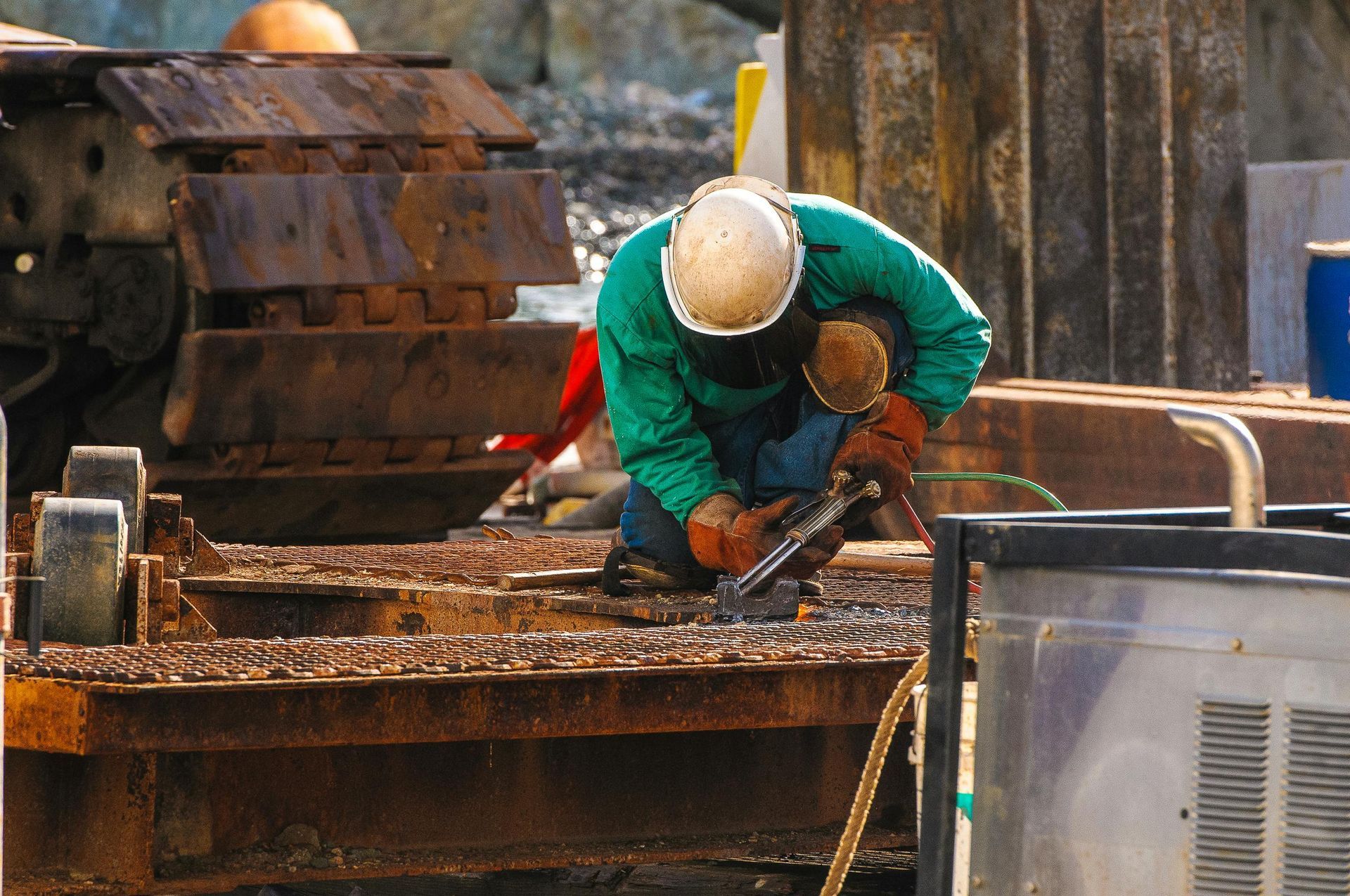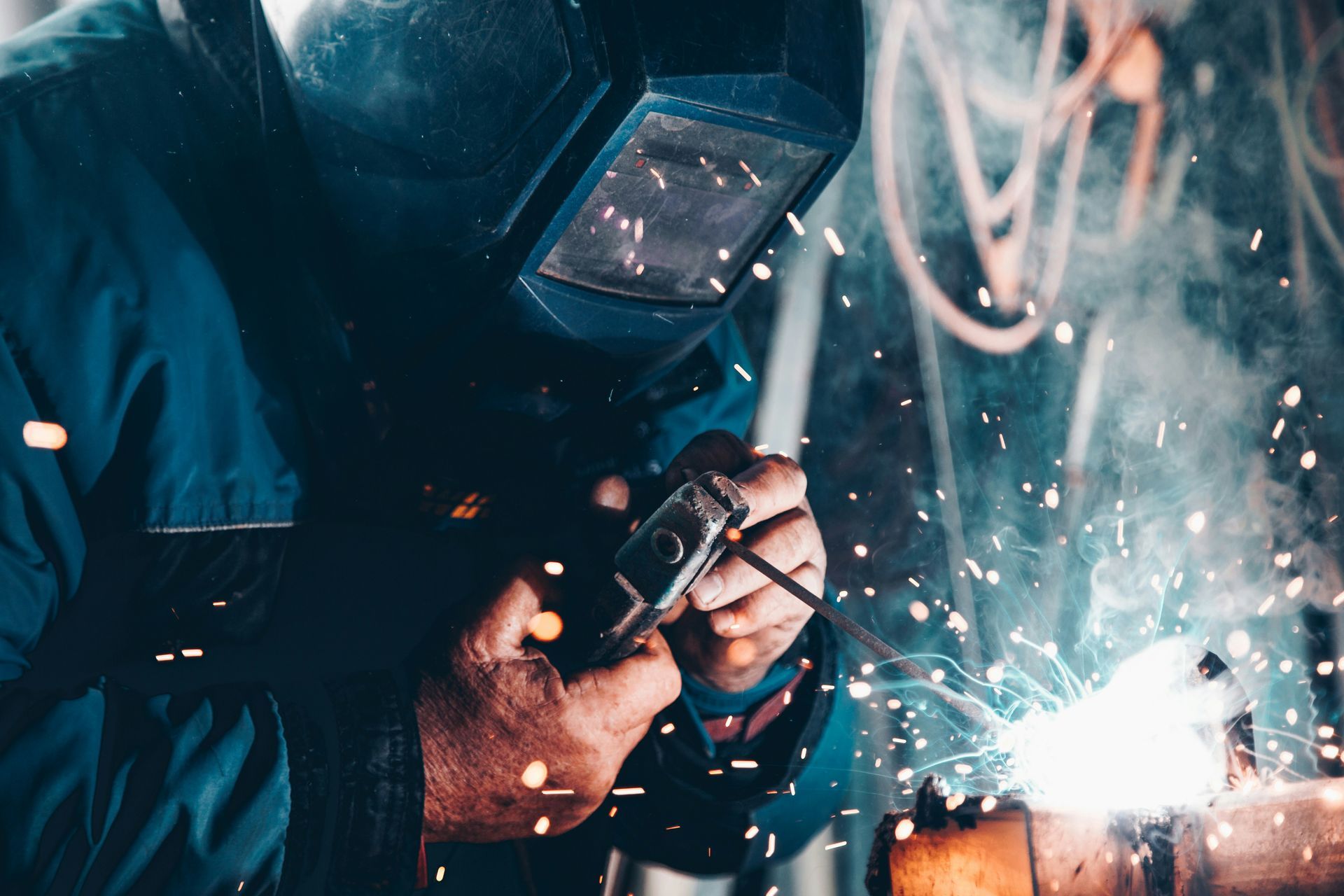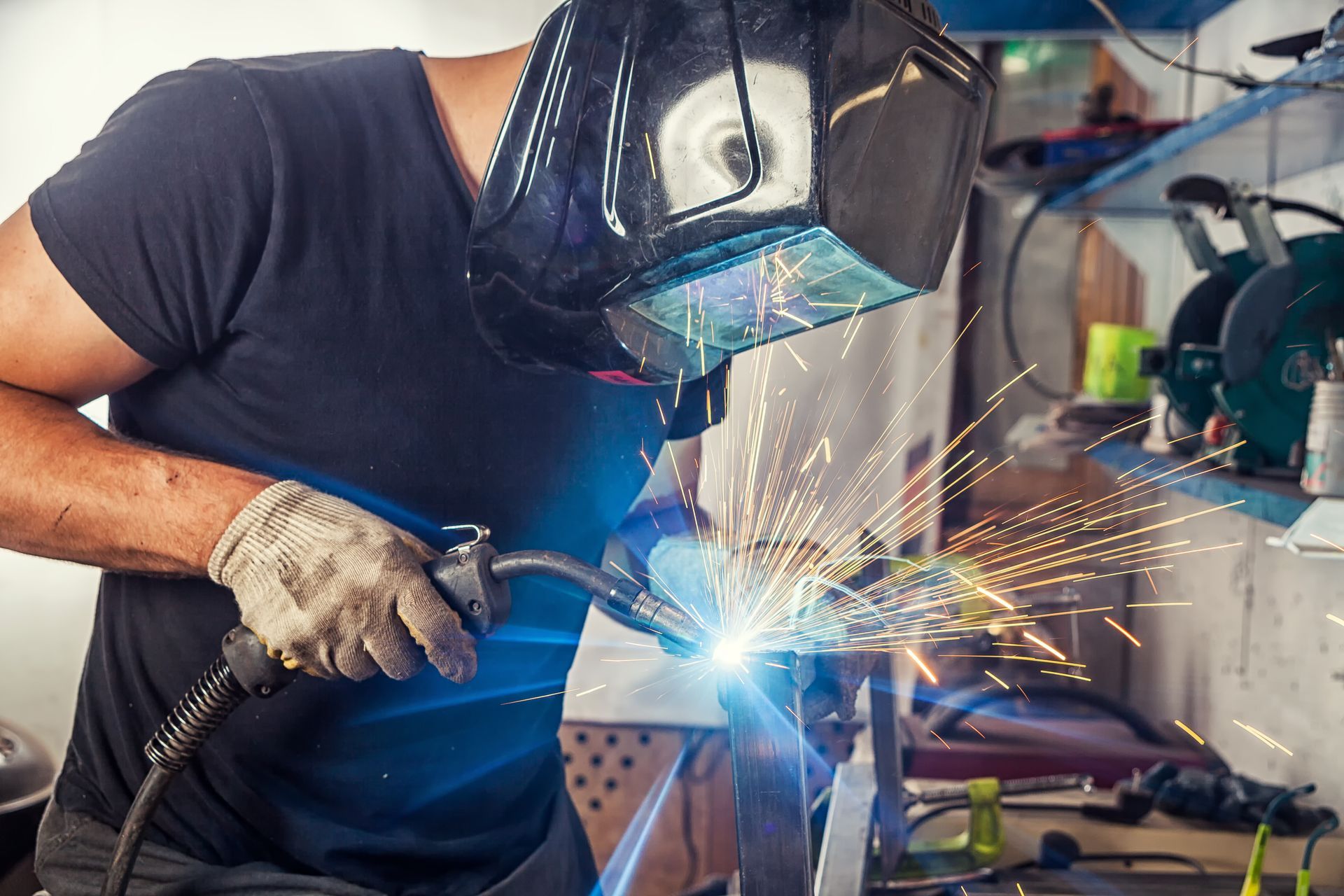Getting Kids Involved With Your Home Improvement Projects
As a family-owned business, we value teaching essential skills to the next generation. If you and your family enjoy welding, woodworking, DIY fixes, or any other home improvement projects, getting the kids involved is a great way to educate them and enjoy family time.
When we involve children in projects, we must ensure that the task they are working on is age-appropriate and safe.
Every child is different, but there are some general guidelines and project ideas we can offer for each age group to help you get your kids involved.
Toddlers (1 to 3 Years)
The toddler years (around 1 to 3): some parents love these years, while others can't wait for preschool!
These first couple of years is a hard age for children to be involved in any projects since they are curious and may wander into trouble.
Developmentally, this age is characterized by rapid learning (walking, speaking, playing, etc.), and one way most toddlers learn is through copying their parents and siblings.
Parents might consider buying kid-safe versions of tools to keep their children safe and engaged. When they see their parents hammering nails or sweeping the floor, toddlers can mimic the task with their toy version.
Preschool Children (3 to 5 Years)
Children ages 3 to 5 usually love to be "in on the action." They are less hazardous around a workspace than toddlers, but they still have much to learn.
One way to involve children at this age is by showing them the different tools and how to use them. They can learn the words for hammer, screwdriver, etc., and if they keep a safe distance away, watch their parent complete specific projects.

Elementary Schoolers (6 to 10 Years)
Elementary-age children are learning a lot at school and very quickly. This age presents the opportunity to get more involved with household and hobby projects, as these children (hopefully!) understand how to follow basic instructions and are learning reading and math skills at school.
An excellent task for elementary schoolers is measuring materials and prepping the workspace. Learning how to measure individual pieces of a finished product teaches a valuable lesson in the importance of precision and accuracy.
On the older side of this age group, a child may be ready to start specific projects while closely guided by their parents or other trusted adults.
Parents should exercise discretion when deciding if their child is ready for a task and remember there is no need for competition among siblings.
Welders can check out this handy list of ideas for kid-friendly, simple welding projects that should work for elementary schoolers or preteens.
Preteens (10 to 12 Years Old)
Preteens tend to get overlooked. They feel too old for "kid stuff" but not old enough to be teenagers.
However, this can be a convenient age to teach children the basics of welding, woodworking, home projects, and more. When they pick up these skills, they can take ownership of their work and feel proud of themselves when they reach their goals, helping with self-esteem and confidence.
Once a preteen is comfortable using equipment and taking safety measures, parents can compile a list of possible projects that will allow them to apply these skills.
They can assemble simple furniture, build toys or decorations, change light fixtures, and more. Parents looking for ideas can consult this list of home projects that help kids and preteens learn essential skills.
Teenagers (13 to 18 Years Old)
The teenage years are historically tough. Many teens reach the phase where they are uninterested in family activities (or anything they deem "uncool") and would rather hang out with their friends or spend time online.
Getting teens involved in projects may be tricky, but it's the perfect time for them to do so.
They are old enough to practice welding and mechanical skills on their own, they can prepare themselves for a career after high school, and specific projects can be helpful to relieve stress and take their mind off other situations. Working on a project with your hands is also a meaningful way to get teens off their screens for a few hours.
Teenagers who know the ropes of welding, woodworking, or other mechanical skills may also be interested in using their creativity to start their own projects.
If parents have been working on projects with their kids for years, they could consider flipping the script and having the teenager plan the project. The teen in question can further their skills, apply what they've learned, and get a taste of project management.

Young Adults
If you've built a strong foundation of project skills, your family's latest graduate will be ready to shine.
If a young adult wants to go into welding or another skilled trade, they may already have a leg up on their peers.
Even if they don't plan on turning a specific skill set into a career, they still learn valuable lessons from their family and spend time together. And with life's unpredictability, we never know when mechanical skills and experience will come in handy!
Connect With KDAR Company
Here at KDAR, we take our role as a wholesaler of welding equipment, cable ties, and other related products seriously. Our retailers can trust us to provide dedicated service and industry expertise.
Contact us today to learn more!






